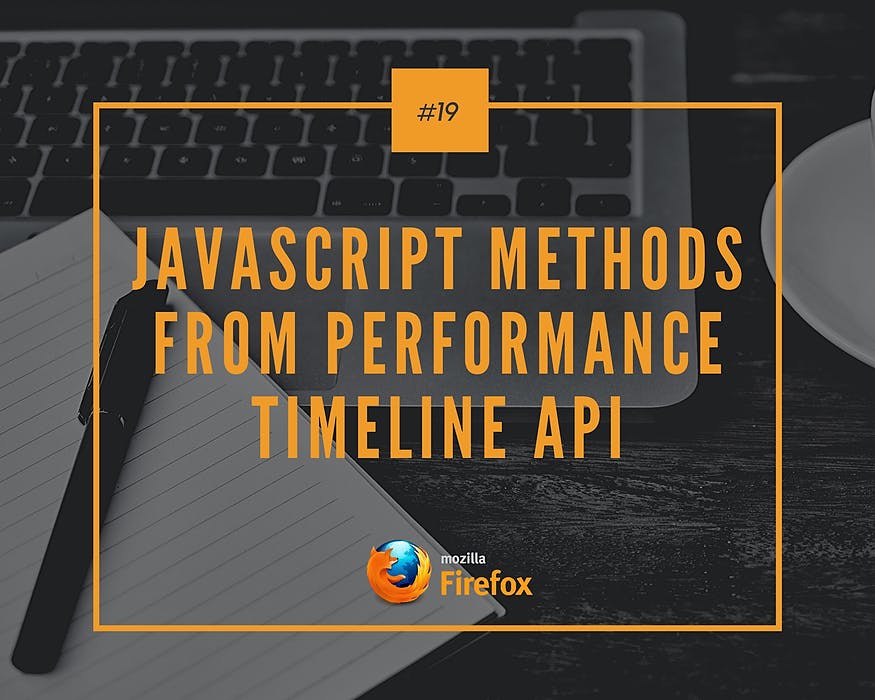Performancemore details about the interfaces, see the reference pages and Using Performance Timeline.
Performance extensions
The Performance Timeline API extends the
Performanceperformance records (metrics)performance entriesnameperformance typeinitiatorTypeperformance entriesperformance typeperformance entriesperformance typePerformanceEntry interface
PerformanceEntryPerformanceMarkmarkhigh resolution timestamp0This interface includes a
toJSON()PerformanceEntrytypePerformance observers
This is an experimental technology
Check the Browser compatibility table carefully before using this in production.
performance observer entry listperformance entriesobserve()performance observer entry listPerformanceperformance observer entry listPerformanceObserver'sobserve()entry typesPerformanceObserverdisconnect()Performance observers were added to the Level 2 version of the standard and were not widely implemented.
Implementation status
- Performance interface extensions: As shown in the
interface's Browser Compatibility table, most of these interfaces are broadly implemented by desktop browsers and have less support on mobile devices.Performance - PerformanceEntry: As shown in the
interface's Browser Compatibility table, most of these interfaces are broadly implemented by desktop browsers and have less support on mobile devices.PerformanceEntry - Performance Observers : As shown in the
interface's Browser Compatibility table, this interface has no shipping implementations.PerformanceObserver
perf-api-supportSee Also
Credits
- Source: https://developer.mozilla.org/en-US/docs/Web/API/Performance_Timeline
- Published under Open CC Attribution ShareAlike 3.0 licence


